Beyond Surveillance
Beyond Surveillance
By Mehmet Enes Beşer
The Malaysian CVE experience has attracted regional and global attention both as a pioneering legislation and because of its complex security, political, and religious dynamics. Malaysia has utilized a multidimensional toolkit of hard and soft power responses from the Malayan Emergency insurgency during the 20th century up to the current threat from transnational Islamist networks and domestic radicalization.
But as the terrain of extremism itself changes—from Syrian battlegrounds to Facebook echo chambers, from cells to lone wolves—Malaysia is left to consider a terrifying question: Will its CVE structure in its current form be agile enough to keep up with a changing context of threat unfolding at such velocity? And most deeply of all, is Malaysia able to forge a durable social contract, removing the underlying conditions permitting rich incubators of radical violence in the first place? Malaysia’s nascent counterinsurgency conflict from 1948 to 1960 strongly moored its founding doctrine in domestic affairs security. Its Internal Security Act (ISA) detention-without-trial regime became the byword for state-driven, securitized threat management. Initially intended to target brewing for left-wing insurgents, the law was later utilized to arrest suspected extremists, separatists, or anti-state forces. The repeal in 2012 was later replaced by the Security Offences (Special Measures) Act (SOSMA) and the Prevention of Terrorism Act (POTA), indicating continuity of Malaysia’s hardline security policy.
These laws, augmented by action from the Royal Malaysia Police Special Branch and counter-terror agencies, have paid off. Dozens of high-profile terror plots have been foiled by Malaysia, cells with connections to al-Qaeda, Jemaah Islamiyah, and ISIS dismantled, and recruitment networks severed.
The nation also established advanced border security, intelligence sharing, and deradicalization programs within prisons. Its “soft approach,” such as the Rehabilitation and Deradicalization Program implemented by the Prisons Department and religious leaders, has been highly praised for its engaging psychological counseling, religious re-education, and post-release follow-up.
And so, in the middle of all that advancement, the threat of violent extremism did not go away. It has changed very much instead.
The development of internet-based radicalization, identity extremism, and ideological transnationalism has developed faster than most of the state’s legacy machinery. The detention-based system is not well-placed to deal with self-radicalizing individuals who are exposed to propaganda alone or in decentralized online communities. Additionally, Malaysia’s CVE policies have been reactive and containment-oriented, with limited room for independent civil society activity or community-based resilience initiatives.
Securitization of CVE in Malaysia has also been problematic from the perspective of proportionality and due process. Critics have argued that laws such as SOSMA and POTA are too broad and open to abuse, using vaguely crafted “security threats” to be used within the suppression of dissent.
The blurring of political dissent, religious nonconformity, and terrorism within one security paradigm is also guaranteed to ruin public trust and stigmatize the communities whose active participation is most required for successful CVE. Perhaps worst of all, religious framing of extremism—especially via the state Islamic bureaucracy—has at times fostered reactionary interpretations of Islam and excluded progressive or minority voices, de facto constricting the space in which counter-narratives can be developed.
Moving ahead, Malaysia must have a more integrated and holistic CVE approach that transcends prosecution and law enforcement. At its center is an acknowledgment that violent extremism is also a social and security issue. Economic marginalization, political exclusion, identity insecurity, and social isolation all provide the conducive conditions for extremism to flourish. Prevention of these drivers entails multi-stakeholder involvement—government, civil society, educators, media, and religious leaders.
Schools and universities need to be ready to teach students critical thinking, media literacy, and civic engagement as counter-narratives to extremist ones. Civil society organizations need to be supported to offer safe spaces for discussion, mentoring vulnerable youngsters, and constructing local resilience. The internet, too readily discounted, needs to be approached as a CVE front line in its own right—with persistent monitoring, platform responsibility, and amplification of other voices offering a counter to extremist ideology short of moral panic. Religious narratives also need to be pluralized. Malaysia’s religious leaders undoubtedly have a great deal to say, but so do independent thinking, local community imams, and interfaith organizations. An effective CVE strategy has to make space for pluralism within Islam and across religions. That means not just confronting violent ideology, but confronting exclusionist logics under which that ideology thrives— Imported extremist foreign ideology or domestic ethno-religious majoritarianism. Institutionally, Malaysia also needs to rebalance security and human rights. Detention without trial, secret evidence, and restricted judicial review legislation might be short-term political expediency but undermine the very social contract CVE is trying to uphold. Transparency, accountability, and the rule of law are not luxuries but the cost of legitimacy and long-term effectiveness. At a regional scale, Malaysia can lead by example.
As a nation that is a former British colony that has been exposed to soft CVE and hard CVE as a relatively stable Muslim-majority country, it could serve as a model in terms of social cohesion and security balance. By sharing best practices, peer-to-peer learning between ASEAN member-states, and fostering a rights-based CVE agenda, Malaysia can provide a regional standard that eschews violent extremism as well as abuses of power. Malaysia’s next chapter of CVE will not be written in the quantity of threats that it neutralizes, but in how it fundamentally changes the conditions in which they emerge. Detention, threat, and law can control symptoms, but only justice, trust, and inclusion can cure the disease. The ultimate test of success will not be a static condition, but a vigorous society—a society no longer compelled to resort to fear of the appeal of extremism because it has surmounted the desperation upon which it thrives.



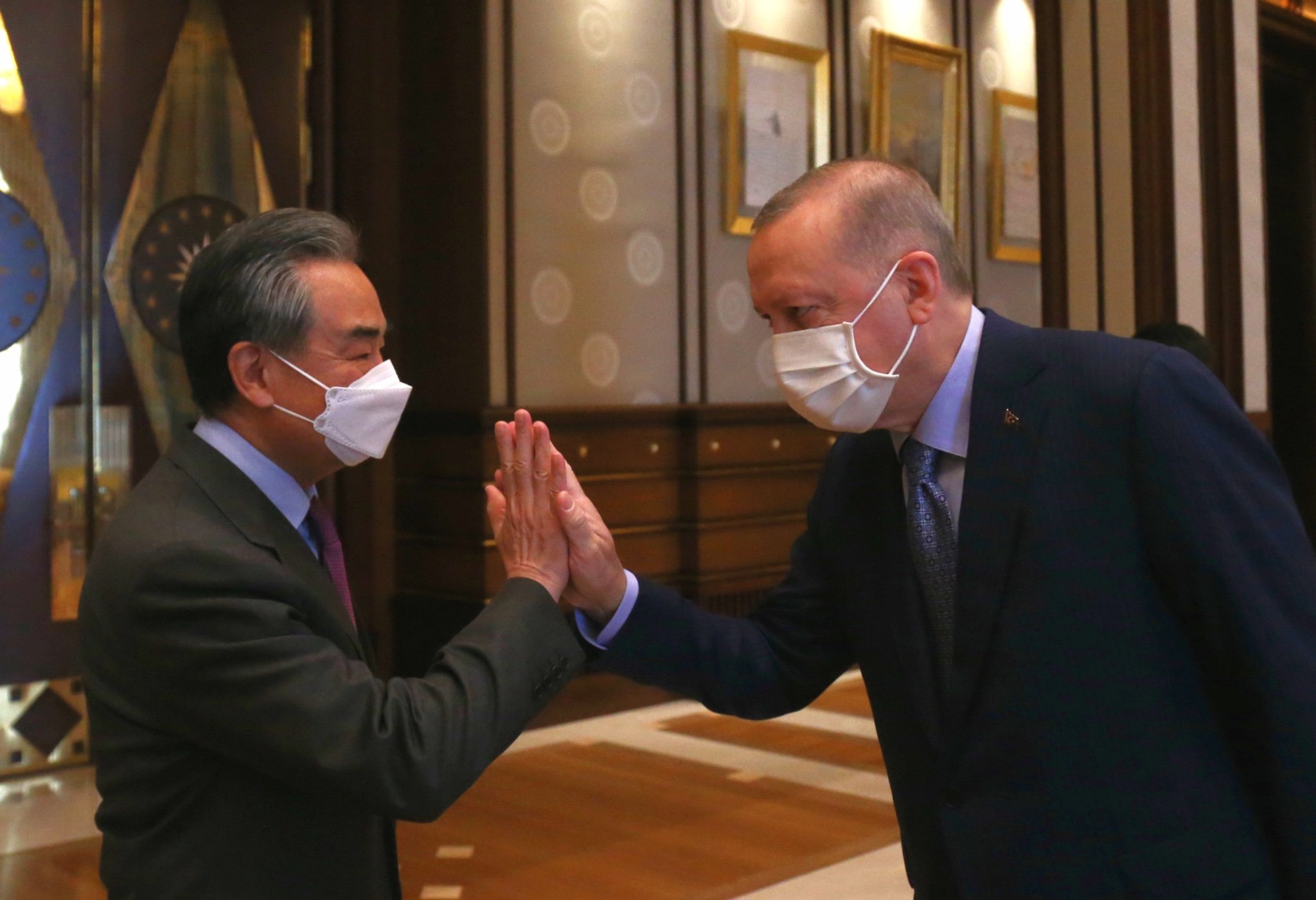
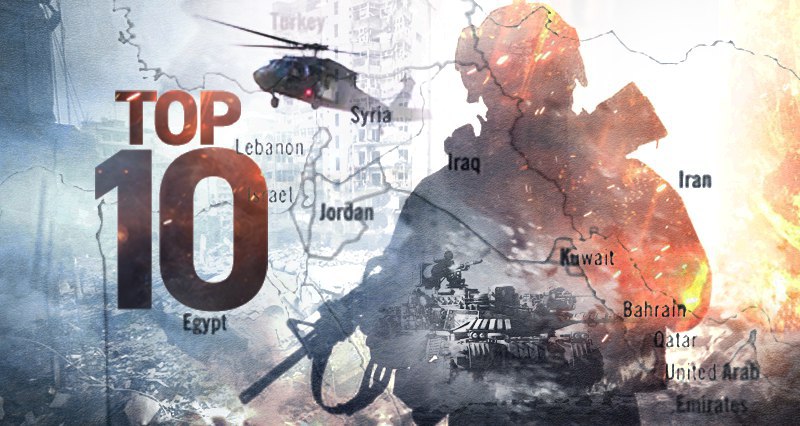


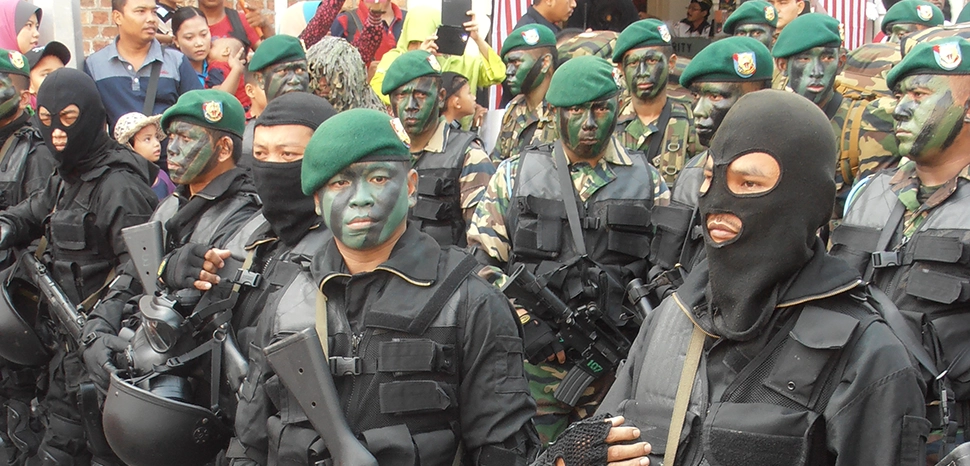
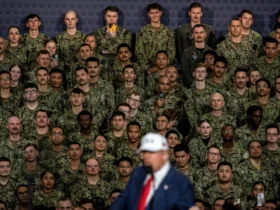
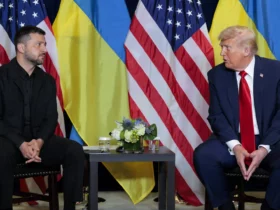


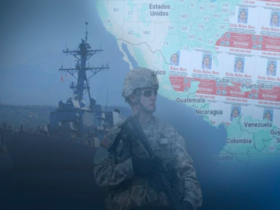
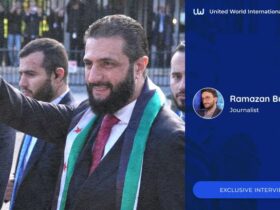

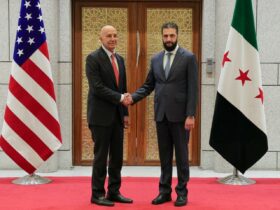
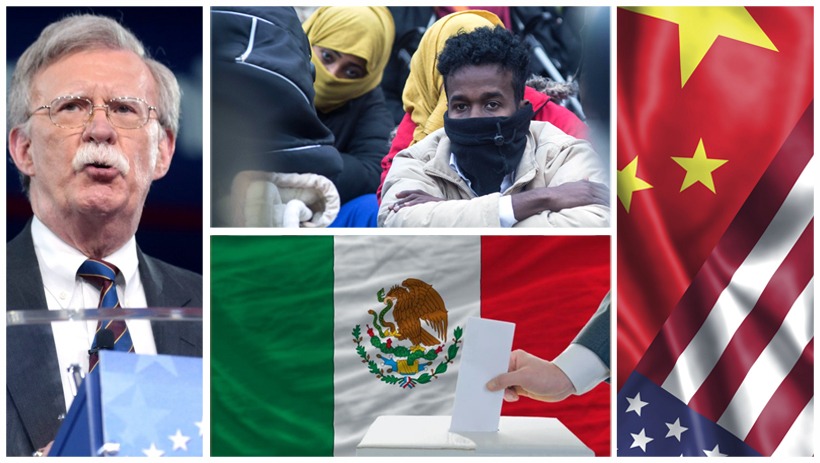
Leave a Reply